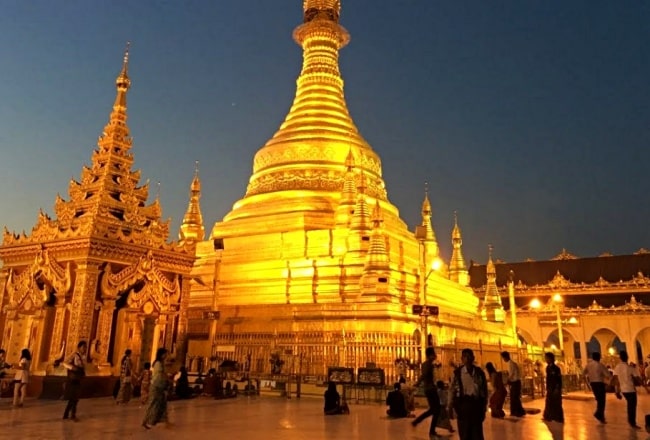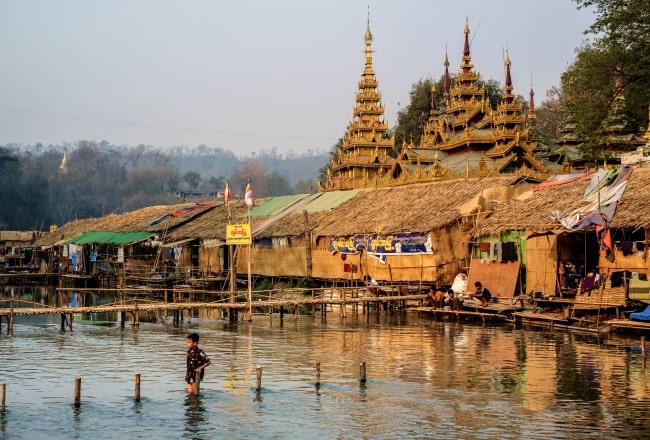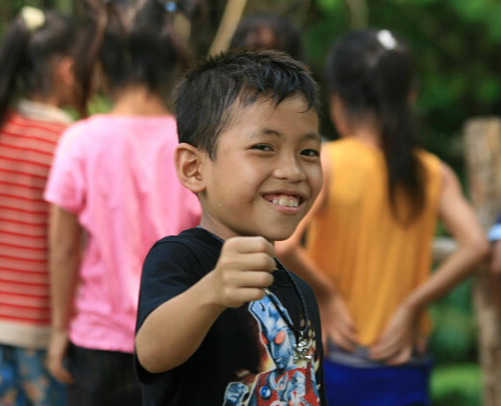Magway may not be as popular as other cities in Myanmar, but don’t let that fool you. Magway is a smaller but beautiful upcoming tourist destination that is worth a visit. You will be surprised by some of the unique things to do and places you can explore at this hidden destination.
1.Nga Ka Pwe Taung
On the western bank of the river and a couple of miles north of the bridge, is the small town of Minbu and the fun Nga Ka Pwe Taung (Dragon Lake), a burping pool of butane gas and mud that has over the years built a few acres of lunar-like terrain with bubbling pools atop four odd mounds. The sludge isn’t hot; if your toes slip in, wash them off below at a small pagoda.
The largest mound is named Thu Sei Ta and the second-largest Nanda, after the mythical Dragon King’s daughter and son, respectively. It’s about a 30-minute taxi ride from the centre.
2. Mya Tha Lun Paya

Magwe’s chief pagoda, the 1929 Mya Tha Lun Paya, is a mile north of the Magwe Bridge. It features a gilded stupa and occupies a hilltop site with great river views. Visit in the early evening for the sunset views and the fun of lots of local visitors.
Mya Tha Lun Paya festival: This month-long festival – usually taking place during October – happens at the Mya Tha Lun pagoda and features food, crafts, traditional dancing and theatre.
3. Mann Shwe Settaw Pagoda Festival

The Shwe Settaw Pagoda is located near the city of Magwe in Western Myanmar.
The Mann Shwe Settaw Pagoda Festival is a three month long pilgrimage festival in Myanmar.
Buddhist traditions in Myanmar claim that Gautama Buddha visited the country after attaining enlightenment on a mission to spread his philosophical teachings. At the request of a local king, the religious leader left a set of footprints marking his arrival and departure from Myanmar for the local population to worship. The footprints were cast in gold and then enshrined in the Shwe Settaw Pagoda.
The Mann Shwe Settaw Pagoda Festival is celebrated for three months as pilgrims come from across Myanmar to participate in merit-making rituals and worship the Buddhist shrine that encases a pair of golden foot prints said to be cast from impressions left by the religious leader over 2,000 years ago. During the festival period, the grounds on either bank of the Mann River fill with merchant stalls selling hand crafted goods and local delicacies. Throughout each day, Buddhist monks lead prayer rituals for the thousands of attendees that make the pilgrimage in colorfully adorned native costumes.

















